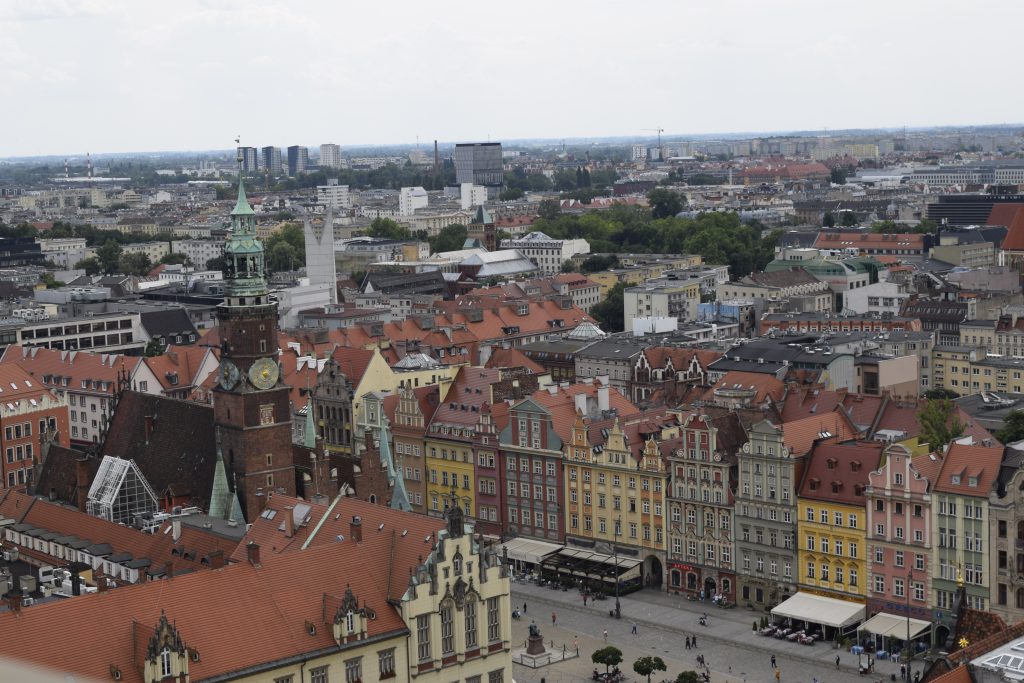
Wrocław is the fourth biggest city in Poland and has a lot to offer. The Odra river flow through the city and shapes the cityscape. Besides that many old churches and houses characterize the view of the city. In the centre of the city lies the rynek (market place) with the main town hall and the cloth halls in the middle and several churches are reachable within five minutes.
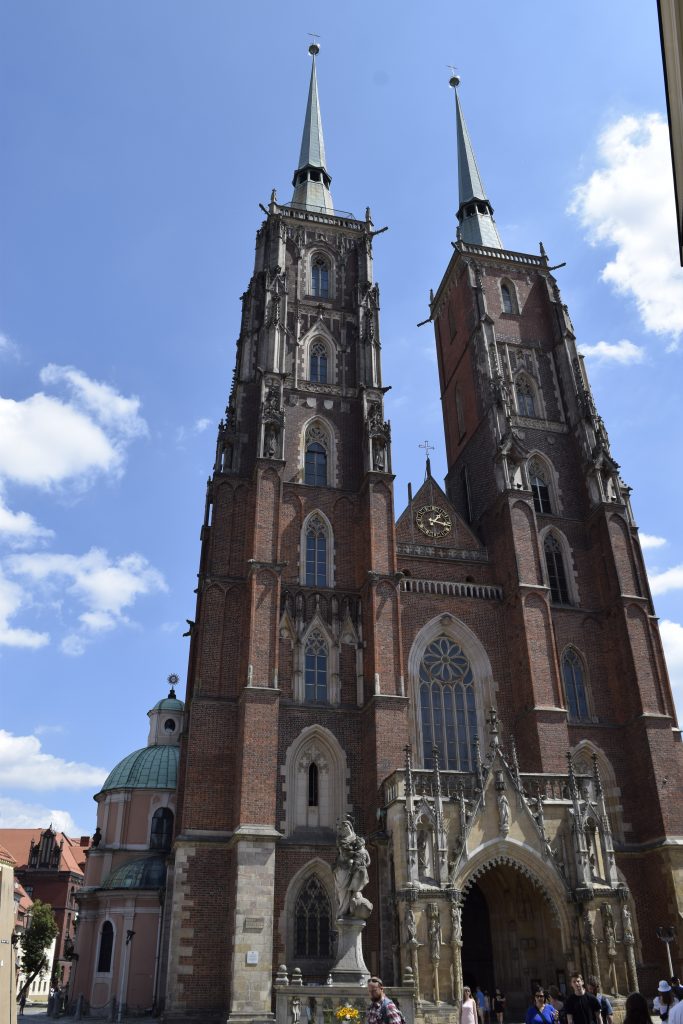
If you walk a bit more and cross the Odra river you reach the dome island. It’s most famous attraction is the St. John’s cathedral – one of the landmarks of Wrocław. The gothic church was build in the 14th century and has the highest church towers in the city.

Not far from the cathedral there is the botanic garden. It is such a great place to relax from the city life and calm down. The beautiful garden is kept immaculate and you can see that someone planned it with love.
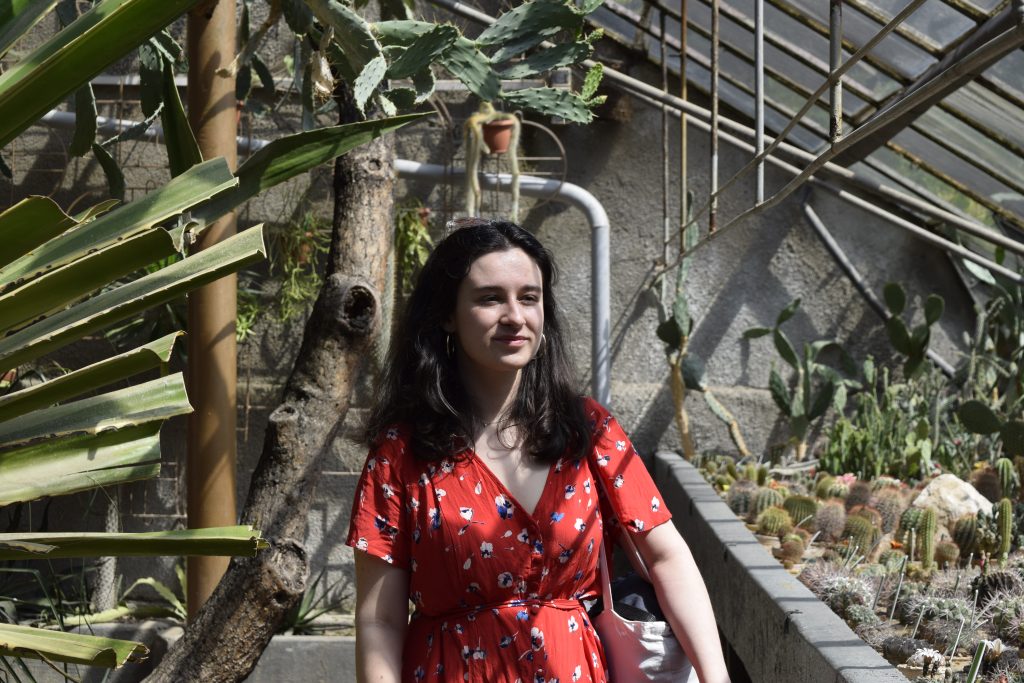
In several greenhouses a lot of different cacti grow and bloom. The variety of those plants are really amazing!
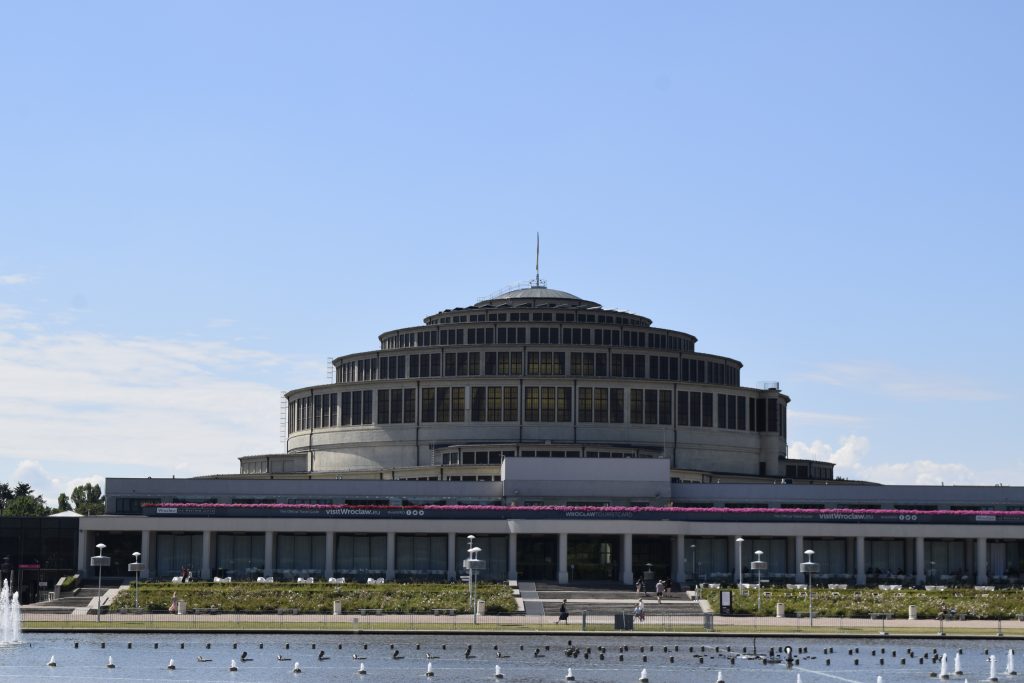
15 minutes with the tram away from the centrum, on the other side of the Odra, there is the famous centennial hall of Wrocław. It is UNESCO world heritage. Unfortunately it was closed because of Corona, but we could admire the impressive cupola from the outside.
In front of the centennial hall is a enormous water fountain every full hour there is a light-water show with different music playing. A lot of families with little children and tourist use it for an excursion.
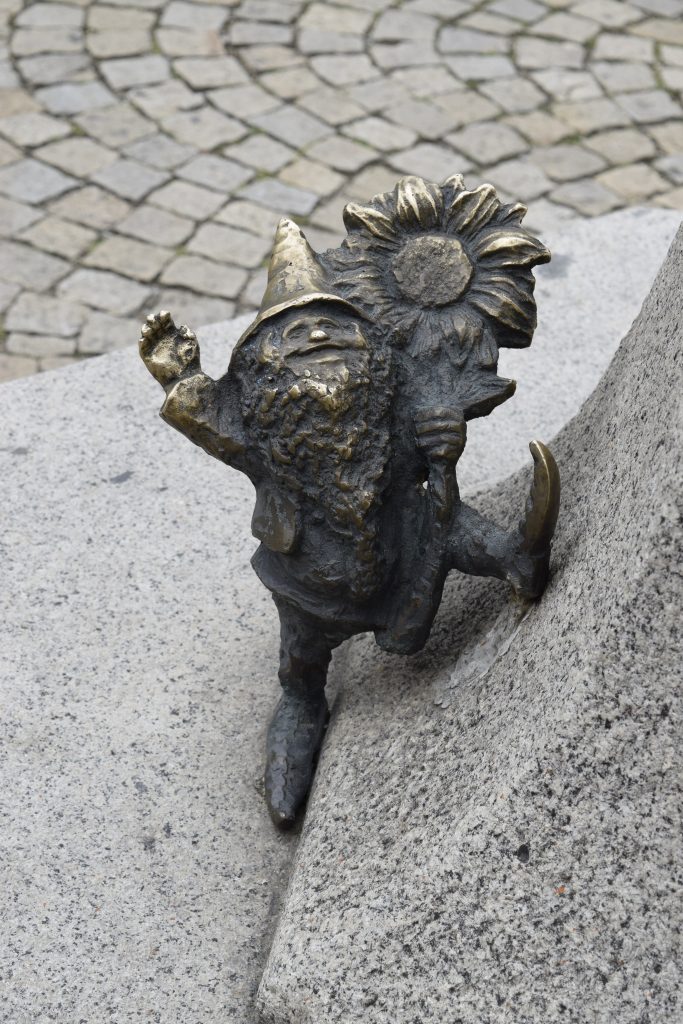
Another tourist magnet are the dwarfs: Children run through the town and searching for them, adults smile looking on their faces and tourists photograph them. In the whole city dwarfs sit, stand or lie at corners, on bases or at the root of churches. They hold flowers, ride bikes or eat ice cream. All this started in the 80’s as a political action. The oppositional group “orange alternative” demonstrated with dwarf paintings and dressed up as dwarfs against the communist regime. In this period of time the first bronze dwarf was placed in the city, too. After the turn of the millennium art students created more dwarfs and with the time more and more dwarfs were spread in the city. Nowadays over 600 dwarfs decorate the cityscape of Wrocław!
